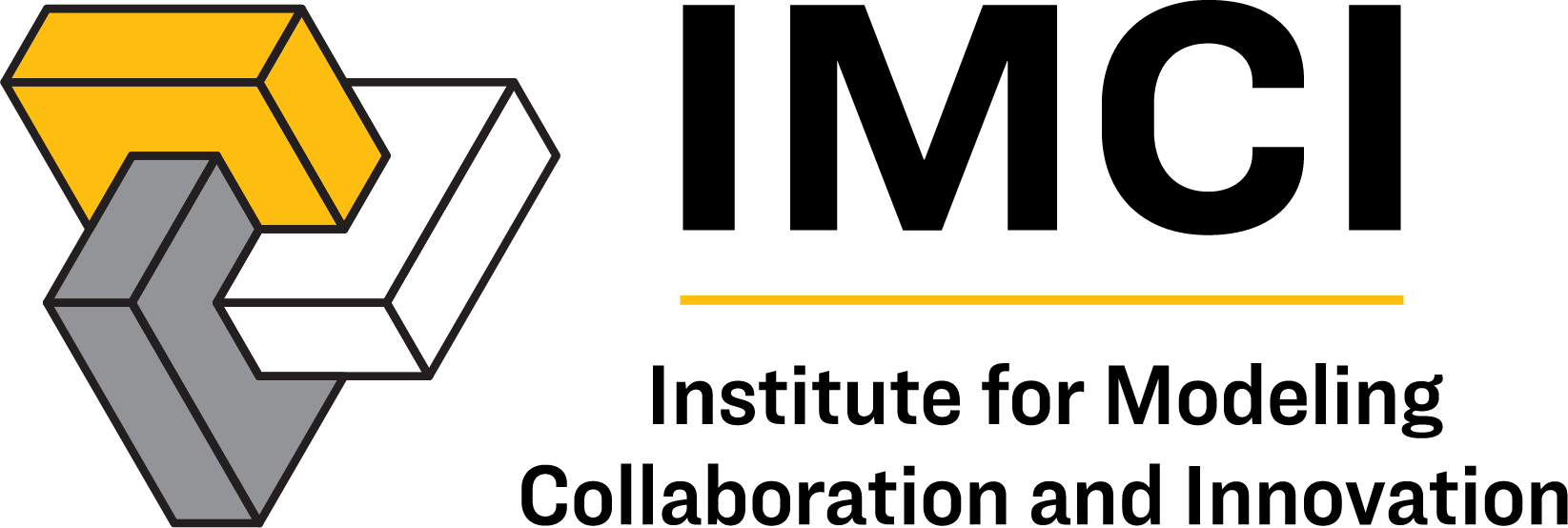CMCI Team Wins Interdisciplinary Award
The University Awards for Excellence recognize and encourage excellence in all forms at the academic level. Recently, the 2019 Interdisciplinary Award was presented to the Flow Ventilators Team for their collaborative efforts for working to improve treatments for asthma and other lung diseases. Team members include 4 researchers from 2 colleges: Tao Xing, associate professor…



